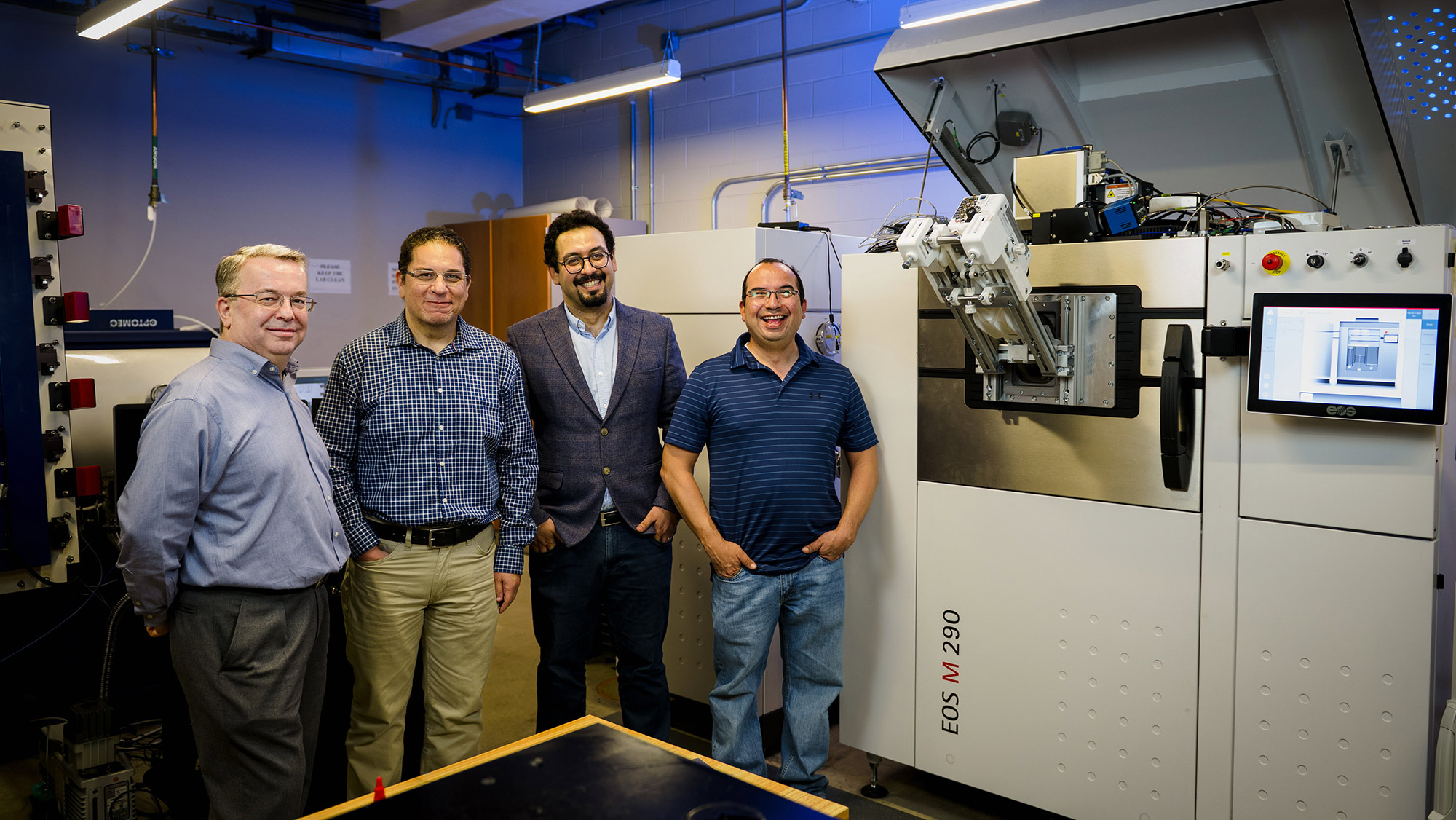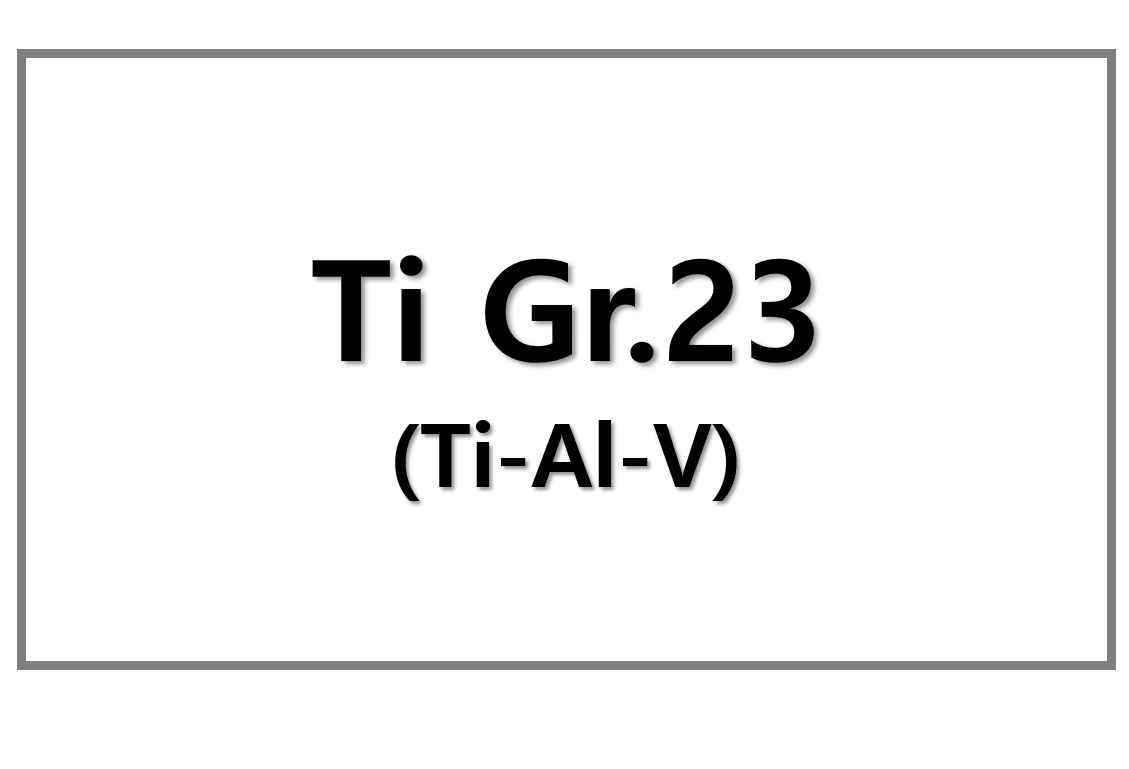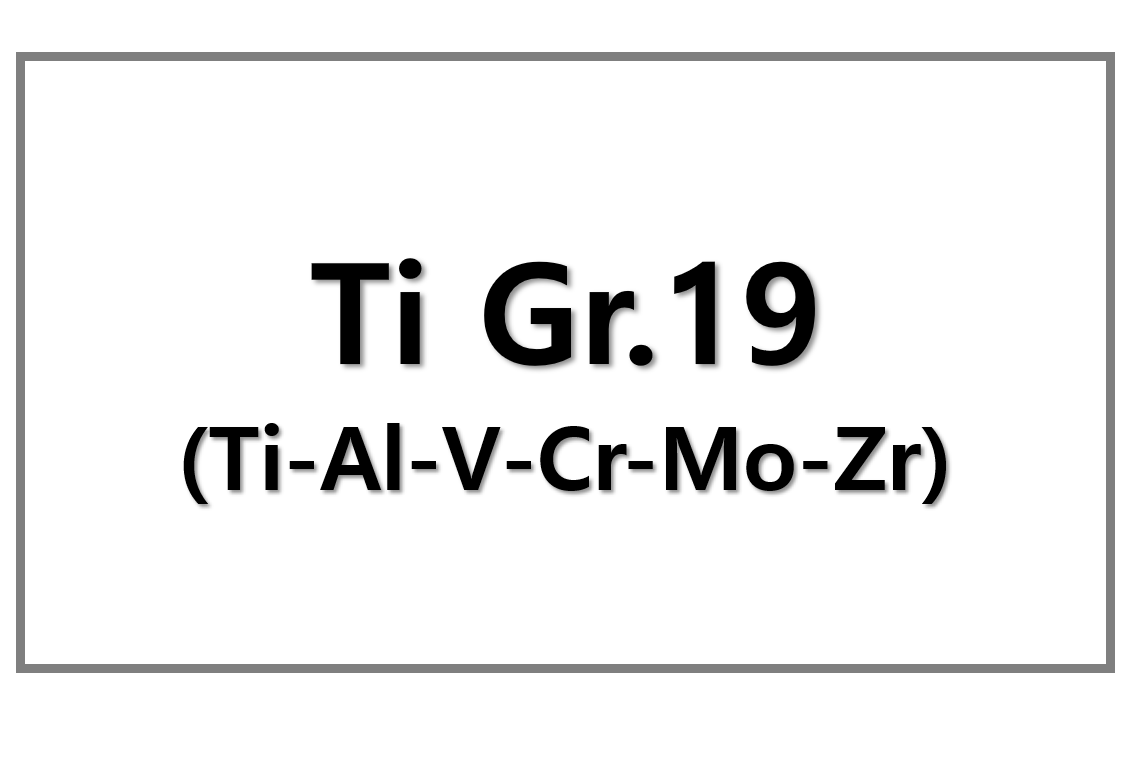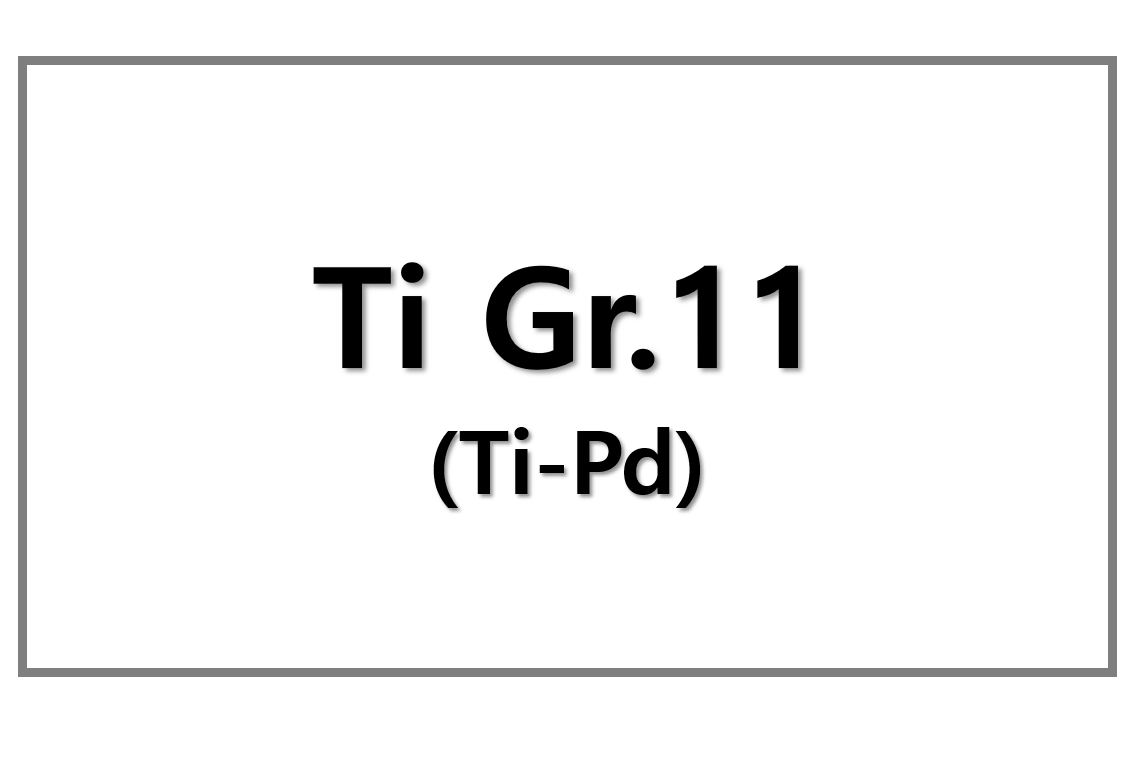
Lithium-ion batteries are essential to the clean energy transition, powering everything from electric vehicles to smartphones. However, these batteries also present significant fire risks, particularly in waste management and recycling facilities. The improper disposal of these batteries is a growing concern. Fires caused by lithium-ion batteries burn hotter and faster than regular fires. With the increasing use of rechargeable products, waste management systems are struggling to cope with the dangerous impact of lithium-ion battery fires.
The Growing Fire Hazard from Improper Disposal
A recent survey by UL Standards & Engagement revealed that more than one-third of consumers (36%) dispose of old lithium-ion batteries in the trash. Additionally, 30% mix them with recyclables. Many are unaware of the fire risks these actions pose. Damaged or overheated lithium-ion batteries can enter a thermal runaway reaction. This reaction generates excessive heat and triggers a dangerous fire.
These fires are becoming increasingly frequent in waste management facilities, recycling trucks, and disposal sites across the United States. The Solid Waste Association of North America (SWANA) reports that it has been facing significant challenges due to the rising presence of lithium-ion batteries in the waste stream. The association established a Lithium-Ion Battery Workgroup to identify long-term solutions for battery management, fire prevention, and public awareness.
Raising Public Awareness and Ensuring Safe Disposal
The need to raise awareness is critical, as lack of knowledge about proper disposal has led to devastating fires. One such fire in Des Moines, Iowa, resulted in $1 million in property damage. Another incident in New Jersey injured a firefighter. According to the National Waste & Recycling Association (NWRA), more than 5,000 fires occur annually at recycling facilities. Many of these are linked to lithium-ion batteries.
In response to the escalating fire risk, some cities and states have introduced measures such as banning the disposal of batteries in landfills and establishing battery recycling programs. However, enforcement of these measures remains challenging. Only 48% of U.S. consumers are aware of local battery collection points, and municipalities vary in their recycling programs.
The Role of Companies in Sustainability
While consumer education is essential, companies and manufacturers also play a crucial role in addressing the issue. Battery manufacturers like Apple and Samsung can help by certifying products to safety standards. They can also support the development of safe, sustainable battery recycling solutions. By adhering to established safety and sustainability standards, the industry can ensure that lithium-ion batteries are both a safe source of clean energy and a sustainable component of the clean energy transition.











Leave a Reply
You must be logged in to post a comment.